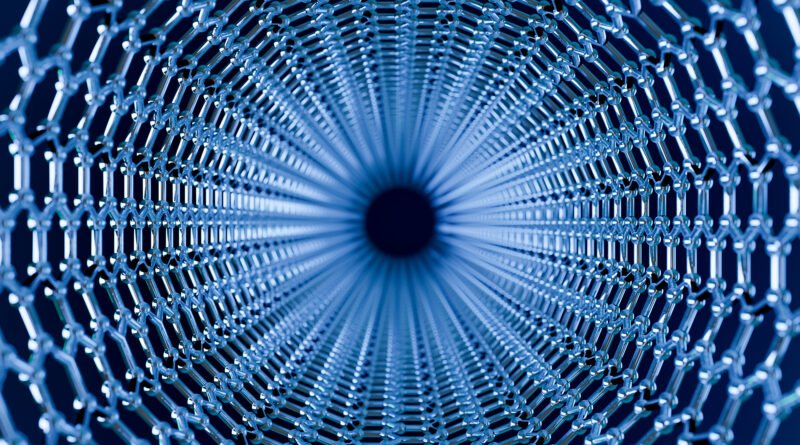Graphene proton transport could revolutionize renewable energy
Scientists have discovered a method leveraging light to accelerate proton movement through graphene. This breakthrough holds promise for advancing the production of green hydrogen, potentially paving the way for innovative applications in fuel cells, sensors, and various electrochemical devices. The transport of protons within graphene has garnered significant interest among researchers due to its potential contributions to renewable energy, particularly in the realm of green hydrogen.
Despite graphene’s naturally impenetrable atomic thinness, its edges, imperfections, and functionalization present avenues for facilitating proton diffusion. Factors such as temperature, humidity, and the presence of functional groups play crucial roles in influencing the flow of protons within graphene structures.
Speeding up graphene proton transport using light
Researchers from the National Graphene Institute at the University of Manchester have devised a method to expedite proton movement through graphene by harnessing light. This advancement holds the potential to unlock fresh pathways for the production of green hydrogen.
Their breakthrough entails utilizing light to excite electrons within graphene, enabling protons to interact with these excited electrons, thereby accelerating their traversal through the material.
This innovative approach could pave the way for the development of solar-powered water-splitting devices and more efficient hydrogen fuel cells, pivotal components in the generation of green hydrogen.
Dr. Marcelo Lozada-Hidalgo, the lead researcher, highlighted, “Comprehending the intricate link between the electronic and ion transport properties at the electrode-electrolyte interfaces on a molecular scale could yield novel strategies to hasten processes fundamental to numerous renewable energy technologies, such as hydrogen generation and utilization.”
Through extensive observation, the team discerned that under illumination, graphene’s electron excitation induced by light notably expedites proton transport. The revelation of the proton transport phenomenon, referred to as “Pauli blocking,” provided definitive evidence for this correlation. Essentially, this “blocking” occurs when the energy levels of electrons in graphene are heightened to a point where the material can no longer absorb light.
Also Know About
Cisco Develops Customized Switch to Bolster Ukraine’s Grid Security Amid Russian Cyberthreats
A never before witnessed process
This unique electrical trait of graphene, previously undocumented in the proton transportation process, holds the promise of potentially establishing more efficient and dependable avenues for green hydrogen generation if harnessed effectively.
Dr. Shiqi Huang, co-first author of the study, remarked, “The revelation that the photo response of our proton-conducting devices aligns with the Pauli blocking mechanism, previously observed only in electronic assessments, sheds light on the intricate interplay among protons, electrons, and photons at atomically thin interfaces.”
While graphene shows promise in enhancing various aspects of green hydrogen production, further exploration is imperative to ascertain practical real-world applications. The utilization of graphene-based materials necessitates addressing concerns regarding their long-term stability, scalability, and cost-effectiveness.
Nevertheless, the current landscape of graphene research witnesses a convergence of materials science, electrochemistry, and renewable energy investigations. This convergence holds the potential to forge more sustainable and efficient techniques for hydrogen generation, reflecting a promising trajectory in the realm of renewable energy.
Source – https://interestingengineering.com/




